| Equation | (# individuals receiving primary care) x (% participants getting medical services solely because of the program) x (# QALY increase) x ($ QALY) |
| Explanation | This metric estimates the impacts of one year of increased access to and use of primary care on lifetime health, estimated in terms of quality-adjusted life years (QALY). Number of individuals receiving primary care: Reported by program. Percentage of participants getting medical services solely because of the program:
QALY increase due to treatment: [0.07]. This is the QALY value of one year of access to health care based in the work of Muennig (2005) and Muennig, Glied & Simon (2005). $ value per QALY: [$50,000] Benefits are then discounted to present value based on the average age of participation to life expectancy. |
| References | Muennig, P. (2005). The cost effectiveness of health insurance. American Journal of Preventive Medicine, 28(1), 59–64. Muennig, P., Glied, S. & Simon, J. (2005). Estimation of the health benefits produced by Robin Hood Foundation grant recipients. New York, NY: Robin Hood. The Commonwealth Fund. (2018). Minnesota State Health System Ranking. Health Center Data Center. Retrieved from: http://datacenter.commonwealthfund.org/scorecard/state/25/minnesota/ Wilder Research. (2016). 2015 homeless adults and children: Minnesota statewide survey data. . Retrieved from: http://mnhomeless.org/minnesota-homeless-study/detailed-data-interviews/2015/HennepinCountyMN_Adult2015_Tables51-67.pdf
|


